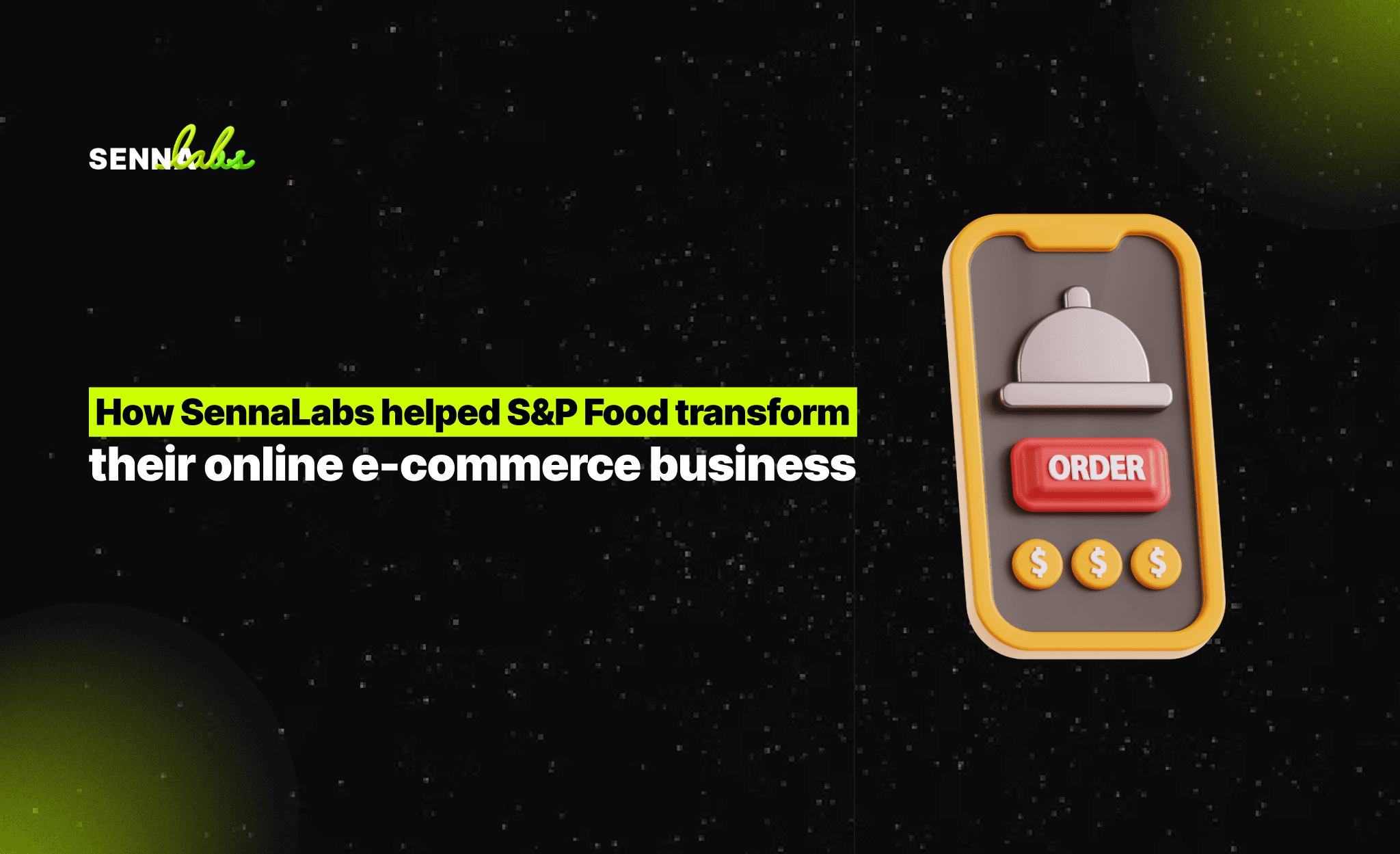Reducing Costs and Improving Efficiency with Progressive Web Applications
Share

In today’s fast-moving digital landscape, businesses are constantly seeking ways to reduce costs and streamline operations while maintaining the high-quality services that customers demand. For companies with a mobile-first approach, the decision to develop native applications for both iOS and Android platforms can be both costly and resource-intensive. These applications require separate development teams, maintenance schedules, and ongoing updates to keep them compatible with each operating system, not to mention the continuous testing and bug fixes necessary to keep the apps running smoothly.
This is where Progressive Web Applications (PWAs) come into play. PWAs offer an efficient, cost-effective alternative to native applications by combining the accessibility of the web with the performance and functionality of a native app. They provide businesses with the opportunity to significantly cut development and maintenance costs, while also improving operational efficiency through features like offline capabilities, fast load times, and cross-platform compatibility.
In this article, we will explore how businesses can reduce costs and improve efficiency by adopting progressive web applications. We will also provide a real-world example of a logistics company that successfully replaced its native applications with a PWA, resulting in a 40 percent reduction in development and maintenance costs, while improving operational efficiency through real-time shipment tracking and inventory updates.

What Are Progressive Web Applications (PWAs)?
Progressive Web Applications (PWAs) are web-based applications that offer the same look and functionality as native mobile apps, but without the need to download or install anything from an app store. Instead, PWAs run directly in a web browser and can be accessed from any device, including smartphones, tablets, and desktop computers. PWAs combine the best of both worlds: the ease and reach of a website with the rich, engaging user experience of a native app.
Some key features of PWAs include:
-
Cross-Platform Functionality: PWAs work seamlessly across all devices and platforms (iOS, Android, desktop) with a single codebase.
-
Offline Capabilities: With service workers, PWAs can function offline or in areas with poor network connectivity by caching data locally.
-
Fast Load Times: PWAs are designed to load quickly, even on slow networks, improving user experience and engagement.
-
Push Notifications: Like native apps, PWAs can send real-time push notifications to users, keeping them engaged and informed.
-
No Need for App Stores: Users can access PWAs directly through a browser, bypassing the need to download and install apps from the App Store or Google Play.
How PWAs Help Cut Development and Maintenance Costs
Maintaining separate native applications for iOS and Android platforms can be a significant financial burden for businesses. Native apps require different codebases, which means separate development teams for each platform. Additionally, every time there is an update, bug fix, or new feature rollout, these changes must be implemented and tested individually for each app.
By adopting a Progressive Web Application, businesses can reduce the need for maintaining separate apps, saving both time and money. Here’s how:
1. Single Codebase for All Platforms
One of the most significant cost-saving advantages of PWAs is that they require only a single codebase to function across all platforms. Whether the user is on an iOS device, an Android smartphone, or a desktop browser, the PWA provides the same experience. This eliminates the need to develop separate native apps for different operating systems, which can double the initial development costs.
For businesses, this means fewer resources are needed for development and ongoing maintenance. Any updates or improvements can be made once and automatically applied across all platforms. This is especially beneficial for companies with limited budgets or those that need to rapidly iterate and scale their applications.
2. Lower Maintenance and Update Costs
Maintaining a native app requires ongoing updates to ensure compatibility with the latest operating system versions. Each platform (iOS and Android) releases frequent updates that may require developers to adjust code, redesign UI elements, or address security vulnerabilities. Additionally, if a company decides to introduce new features, they must be developed and tested separately for both platforms, increasing time and costs.
PWAs significantly reduce this burden. Since they are web-based, updates can be deployed instantly without requiring users to manually download new versions from an app store. This not only reduces maintenance costs but also ensures that all users are running the most up-to-date version of the app without any interruptions.
For businesses, the ability to push updates in real-time without going through the app store approval process is a game-changer, especially for industries that require rapid adjustments or frequent feature additions.
3. No App Store Fees
For native applications, businesses are required to publish their apps on app stores like the Apple App Store or Google Play. While this provides visibility, it also comes with costs. Both Apple and Google take a percentage of revenue (typically 15-30%) from in-app purchases and app store sales, which can significantly eat into profit margins.
PWAs eliminate the need for app stores entirely. Since they are accessed directly through a web browser, businesses can avoid these fees and maintain greater control over their revenue streams. For companies that rely on in-app purchases or subscriptions, this can result in substantial savings over time.
4. Faster Time-to-Market
The traditional development cycle for native apps can be lengthy, as businesses must build separate versions for iOS and Android. This often involves longer development timelines, additional testing, and approval processes from app stores. In contrast, PWAs can be developed and deployed more quickly since they use a single codebase and are not subject to app store review processes.
For businesses, this means faster time-to-market for new features or app launches. By reducing the time it takes to roll out updates and improvements, businesses can respond more quickly to customer feedback and changing market conditions, staying ahead of the competition.
How PWAs Improve Operational Efficiency
In addition to cutting costs, PWAs also offer significant operational benefits, especially for businesses with complex workflows or real-time data needs. PWAs are not only cost-effective but can also enhance day-to-day operations through features like offline capabilities, push notifications, and real-time updates.
1. Real-Time Data and Inventory Updates
Many businesses, especially those in logistics, retail, and supply chain management, rely on real-time data to ensure smooth operations. PWAs are well-suited to these environments because they can provide instant access to key data—whether it’s tracking shipments, monitoring inventory levels, or managing customer orders.
Because PWAs are always connected to the web (even in low or no-connectivity situations), they can offer real-time updates to users without requiring manual refreshes or app downloads. This capability improves operational efficiency, as employees or customers can access the most up-to-date information instantly.
2. Offline Functionality
For businesses with employees or customers in remote areas, where connectivity can be unreliable, offline functionality is a game-changer. PWAs leverage service workers to cache important data, allowing users to continue interacting with the app even when they lose internet access. For example, a logistics company can use a PWA to allow drivers to update delivery statuses or access maps without an active connection. Once the device regains connectivity, the app automatically syncs the data.
This offline capability ensures business continuity, improves efficiency, and reduces downtime, all while maintaining a seamless user experience.
3. Improved Customer Engagement with Push Notifications
Like native apps, PWAs can send push notifications directly to users’ devices, helping businesses stay connected with their customers. Whether it’s a promotion, a reminder to complete a purchase, or an update on an order, push notifications are a powerful tool for driving customer engagement and retention.
For operational efficiency, businesses can use push notifications to inform staff about important updates, schedule changes, or task assignments in real-time. This allows for quicker decision-making and more streamlined communication across teams.
Use Case: A Logistics Company’s Success with PWAs
To illustrate the benefits of adopting a PWA, consider the case of a logistics company that replaced its native applications with a single PWA. Initially, the company relied on separate iOS and Android apps to manage real-time shipment tracking, inventory management, and customer orders. However, maintaining two separate codebases and keeping both apps updated was costly and time-consuming.
By transitioning to a PWA, the company was able to reduce its development and maintenance costs by 40 percent. The single codebase made updates easier to implement, while the PWA’s offline functionality allowed drivers to continue updating delivery statuses even in areas with poor connectivity. Additionally, the PWA provided real-time updates on shipments and inventory, improving operational efficiency across the board.
Conclusion
Progressive Web Applications provide a compelling solution for businesses looking to cut costs and improve efficiency without sacrificing user experience. By consolidating development into a single codebase and eliminating the need for app store submissions, PWAs offer significant savings in both time and money. At the same time, features like real-time data updates, offline functionality, and push notifications make PWAs a valuable tool for enhancing operational efficiency.
For businesses seeking to reduce the complexity and cost of maintaining separate native apps, adopting a PWA can be a smart, cost-effective alternative that delivers measurable results.

Share

Keep me postedto follow product news, latest in technology, solutions, and updates
Related articles
Explore all


